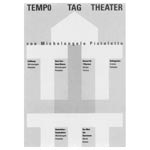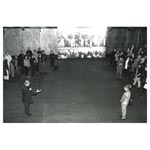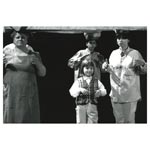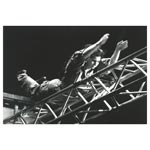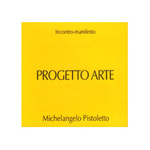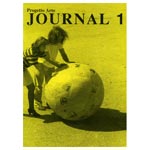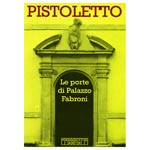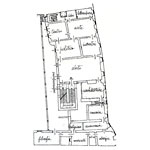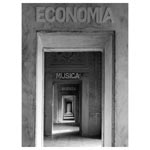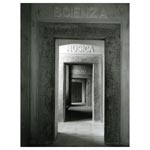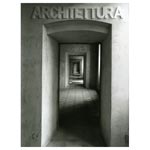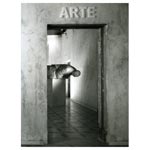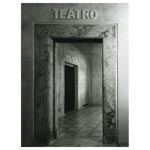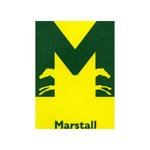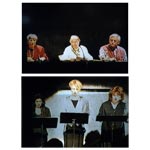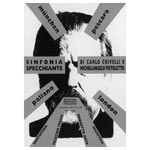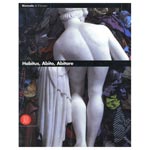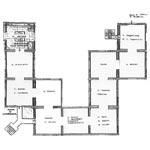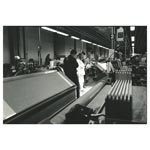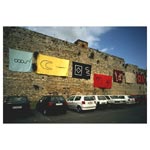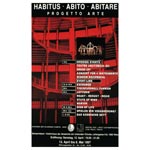Project Art [Progetto Arte] was born and developed at the same time as Pistoletto’s teaching activity at the Academy of Fine Arts in Vienna from 1991 to 1999. Here he and his students set up an innovative program that broke down the traditional barriers between artistic disciplines.
In February 1994, at the Marstall Theater in Munich, Pistoletto organized the event “Tempo-Tag Theater”, involving exponents of the worlds of economics and politics as well as artists from different fields. In October, the town hall in Pistoia hosted the first in a series of public meetings at which the programmatic manifesto of Project Art was presented and discussed with representatives of increasingly broad sectors of society.
The essence of this project was summed up in the declaration printed on the invitation to the meeting in Pistoia: “Progetto Arte is founded on the idea that art is the most sensitive and complete expression of human thought, and that the time has come for artists to take on the responsibility of establishing ties between all human activities, from economics to politics, science to religion, education to behavior—in a word, between the threads that make up the fabric of society.”
This was followed by a flurry of activities in which the goals of Project Art, encapsulated in certain catchphrases in the manifesto — “eliminate distances while maintaining differences,” “love differences” and the “artist as sponsor of ideas” — were developed and given concrete expression. They included the exhibition, “The Doors of Palazzo Fabroni” [“Le porte di Palazzo Fabroni”] (Pistoia, November 1995-February 1996), divided into 16 thematic rooms (Dress, Politics, Meetings, Architecture, Theater, Art, Information, Music, Science, Design, Religion, Market, Economics, Literature, Food, Philosophy) that corresponded to the different areas of Project Art.
In the following show, “Habitus, Abito, Abitare”, at the Pecci Museum in Prato (September 1996-February 1997), curated like the preceding one by Pistoletto and Bruno Corà, the rooms were “inhabited” by artists, sociologists and designers and events involving the local residents were organized in various places around the city.
Journal, a magazine documenting the developments of Project Art (since 1994) and the activities of Cittadellarte (since 1998) is published annually. Since 2019 Journal has been published online on the Cittadellarte website.
journal.cittadellarte.it
